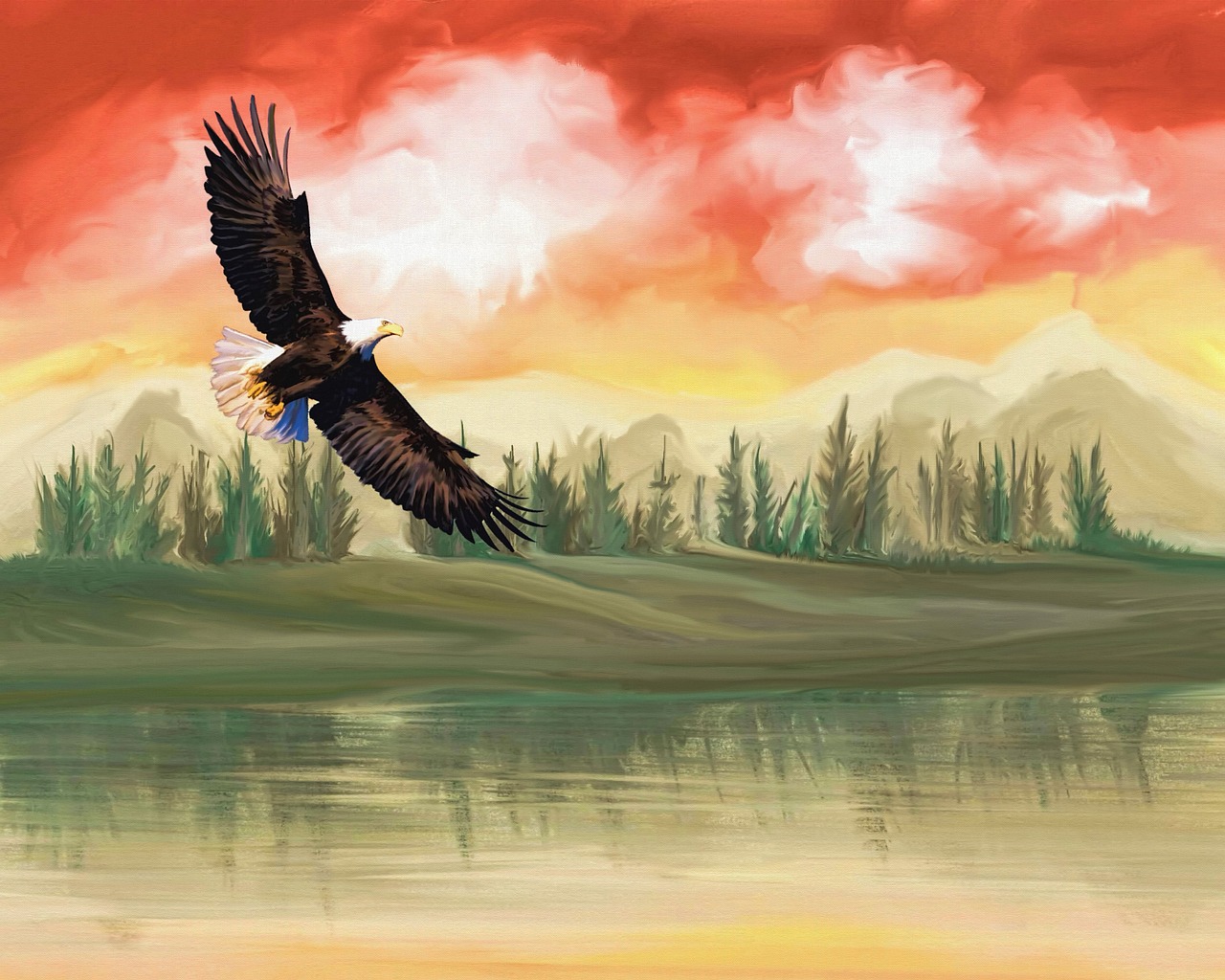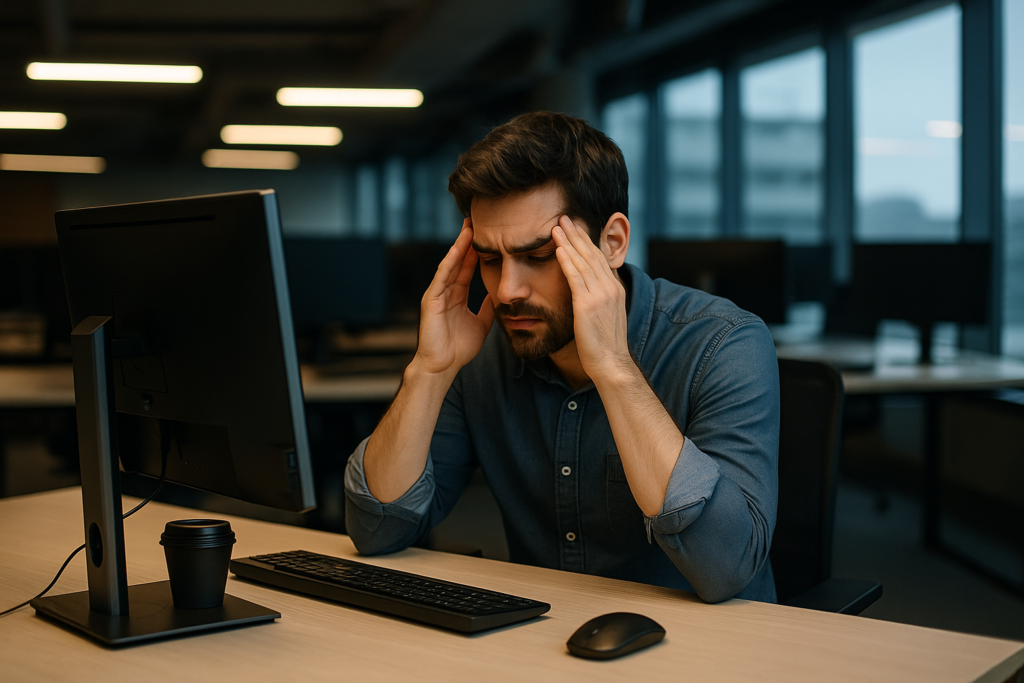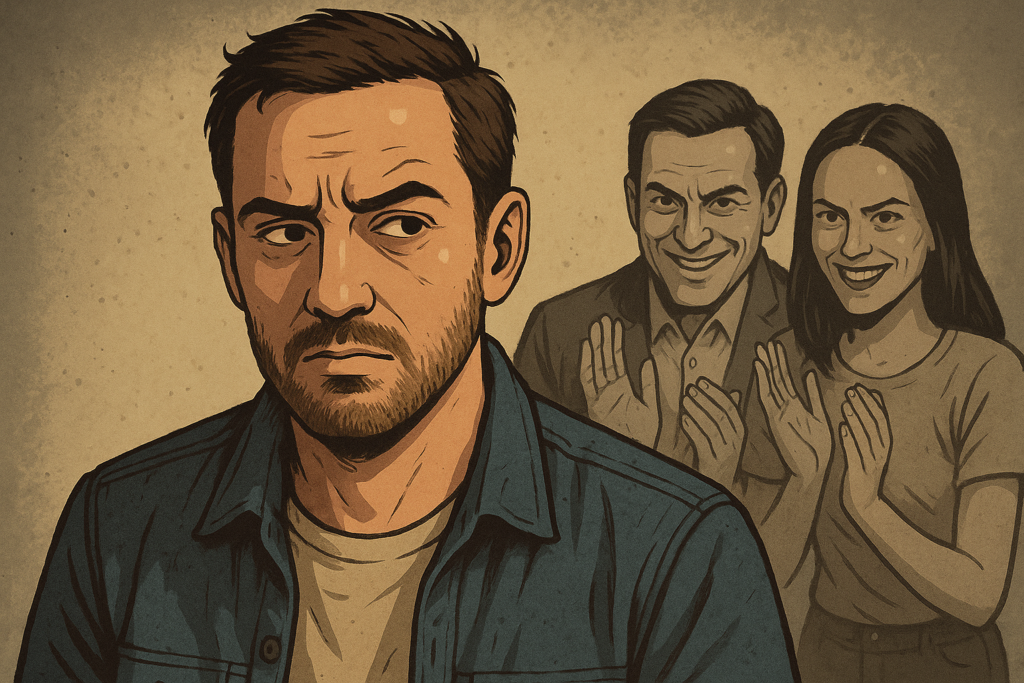Starting Your Digital Art Journey
Digital painting has become a dynamic and accessible medium for artists of all levels, offering endless opportunities for creativity. Unlike traditional art forms, digital painting allows for flexibility and experimentation with tools that make learning fun and adaptable. With the rise of powerful and intuitive software, it’s easier than ever for beginners to dive into the world of digital art without extensive resources or training.
This article will guide aspiring digital artists through essential tools and techniques to set them on the right path. From choosing beginner-friendly software to understanding digital brushes, layers, and canvases, this guide will offer practical insights for mastering fundamental techniques. By learning these basics, beginners can transition from traditional art or start fresh with digital painting, laying a foundation for developing a unique style and artistic voice.
Choosing the Right Software: Where to Begin
The first step in digital painting is selecting the right software that suits your needs and skill level. For beginners, Procreate, Clip Studio Paint, and Adobe Fresco are popular choices, each offering a user-friendly interface and a suite of powerful tools. Procreate, widely known for its intuitive design and seamless integration with the iPad, is ideal for artists seeking a portable option with extensive brush customization and ease of use. Clip Studio Paint excels in detailed illustrations and is perfect for those who want advanced comic and animation features, available on both desktop and mobile devices. Adobe Fresco combines vector and raster capabilities, making it suitable for beginners who want to experiment with both styles.
Each platform has its strengths—Procreate shines for its simplicity and affordability, Clip Studio Paint for its versatility, and Adobe Fresco for its creative blending capabilities. Beginners should consider their budget and whether they prefer working on mobile or desktop when making their choice. Most of these platforms offer trial versions, making it easy to test and find what feels right before committing.
Essential Tools: Brushes, Layers, and Canvases
Understanding digital tools is crucial for producing artwork that feels refined and layered. Brushes are at the heart of digital painting, with a variety of types available for different effects, such as textured brushes for a natural look, smooth brushes for clean lines, and blending tools for seamless color transitions. Beginners should start by experimenting with built-in brushes to understand how different strokes affect the canvas. Custom brushes can be explored later to refine style.
Layers play an essential role in creating complex digital art. They allow artists to separate different elements, such as background, foreground, and detailed features, making editing and adjustments more manageable. For beginners, organizing layers by naming them and grouping related elements can save time and reduce confusion. Layers also facilitate non-destructive editing, allowing changes without impacting the entire composition.
Setting up the digital canvas is another key aspect. Artists should consider the resolution and aspect ratio based on their project type. A standard starting point is 300 DPI (dots per inch) for print-quality work, while lower DPI may suffice for web-based art. Familiarizing oneself with the canvas setup helps achieve professional-looking results and prepares the artwork for different outputs.
Fundamental Techniques for Beginners
Mastering the basic techniques in digital painting lays a strong foundation for developing more advanced skills. Beginners should start with simple sketching to build familiarity with digital tools. Using a light pencil or pen tool, practice line work by creating smooth, continuous strokes and building confidence with varying pressure sensitivity. This approach simulates traditional sketching and helps train muscle memory.
Shading and blending are vital for adding depth and realism to digital art. Artists can use soft brushes to create gradients and blend colors smoothly, mimicking the effect of shading in traditional media. Layering darker and lighter shades strategically enhances the perception of dimension. It’s helpful to experiment with opacity settings and use a blending tool to achieve seamless transitions between colors.
Techniques like using clipping masks, selection tools, and gradients offer more control over specific areas of a drawing. Clipping masks allow for precise coloring within specific layers without affecting adjacent areas, while selection tools enable efficient editing and adjustments. Gradients add quick, impactful backgrounds or elements, enriching the overall composition. Practicing these methods will help beginners build skill and confidence, gradually advancing their capabilities in digital painting.
Practical Tips for Developing Your Style
Developing a personal style in digital painting takes time and deliberate experimentation. Start by trying out various brush types and techniques to see what feels natural and effective for your art. Many digital painting programs come with an array of built-in brushes—experimenting with textured, smooth, and blending brushes can help you identify which tools best align with your desired aesthetic.
To deepen your understanding of digital art, incorporate traditional art principles such as composition, lighting, and color theory. Studying these elements and applying them in a digital context can elevate your work, giving it depth and cohesion. Adapting these timeless concepts helps bring more realism or dynamic qualities to your pieces, depending on your goals.
Set a regular practice routine to hone your skills. Daily sketching, even for short periods, can sharpen your technique and foster creativity. Another effective practice is to study and replicate the works of master artists or contemporary digital painters. This method allows you to dissect their approaches and apply similar techniques to your own art, fostering growth and encouraging unique adaptations.
Transitioning from Traditional to Digital Art (
For traditional artists, transitioning to digital painting can feel both exciting and challenging. While many techniques overlap, such as sketching and shading, digital art introduces unique elements like pressure sensitivity and shortcuts. A key adjustment is getting used to the responsiveness of a stylus and learning how pressure impacts brushstrokes, affecting line thickness and opacity.
One significant advantage of digital art is the flexibility it offers, such as the ability to undo and redo strokes, making experimentation more forgiving. Digital tools allow for easy color changes and adjustments with the click of a button, significantly speeding up the workflow compared to traditional media. Using layers is also a major difference; they enable artists to separate elements of their work for easy edits and additions, promoting more detailed and layered compositions.
Adapting to digital involves familiarizing yourself with program-specific shortcuts, such as zooming, rotating the canvas, and switching between tools. Investing time in tutorials or quick guides for your chosen software can expedite the learning curve. With practice, traditional artists often find that their foundational skills translate effectively, allowing them to combine the best of both worlds in their art.
Embracing Your Digital Art Growth
Mastering the basics of digital painting, from choosing the right software and tools to developing your unique style, is crucial for building confidence as an artist. Regular practice, openness to experimentation, and studying art principles can transform how you create. Remember that developing your digital art skills is an ongoing process, filled with both challenges and exciting milestones.
Consistent exploration of new techniques, trends, and tutorials can keep your growth dynamic and engaging. Embrace your journey, understanding that every sketch and painting contributes to your evolution as an artist. Whether transitioning from traditional media or starting fresh with digital tools, the potential for self-expression and creative freedom in digital painting is immense. Keep pushing your boundaries and enjoy the endless opportunities digital art offers.



